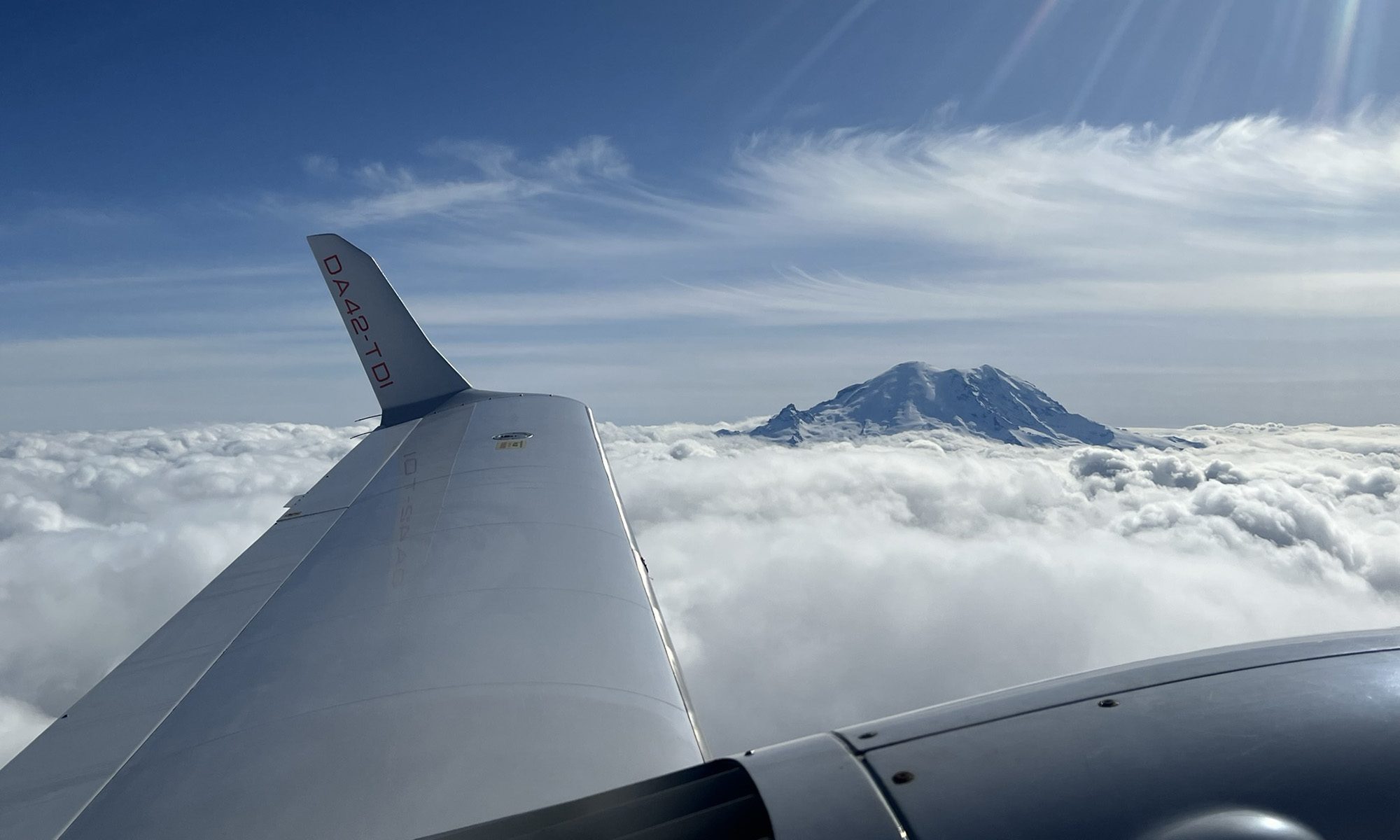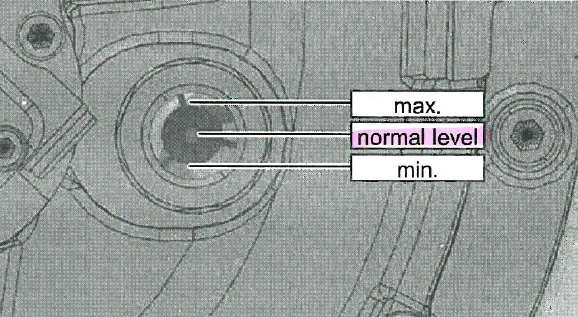You are encouraged to participate in AOPA’s recurring Pilot Passport program – have fun, expand your experience, and earn badges by exploring the airports in WA and beyond!
However, please do not take unnecessary risks by flying into airports with potentially insufficient runway length (a runway may be long enough to land, but takeoff distances usually require more runway), especially in combination with obstacles like trees or sharp rising terrain near the airport.
As for the surface, this is also a gentle reminder of Renter/Student Ops Manual regulation 5.6 – Runway Requirements – and 5.6E in particular: “Operations into any field other than paved surfaces (soft, gravel, sand, grass, etc.) are prohibited unless prior approval is obtained from the Director of Operations, Chief or Assistant Chief Flight Instructor.“
Soft fields can hide a number of hazards like
- potholes or rocks in the grass,
- gravel causing very expensive prop damage
- mud is the last thing you want to get stuck in during landing or trying to get out of on takeoff.
These are all unnecessary problems, and therefore all soft-field exercises should be simulated on paved taxiways and runways .
Soft-field landing in our Twin Stars are not allowed at all; it’s not part of multi-engine training anyway.
Thank you for your understanding and helping keep our planes in the condition you wish to find them when you want to go fly!





